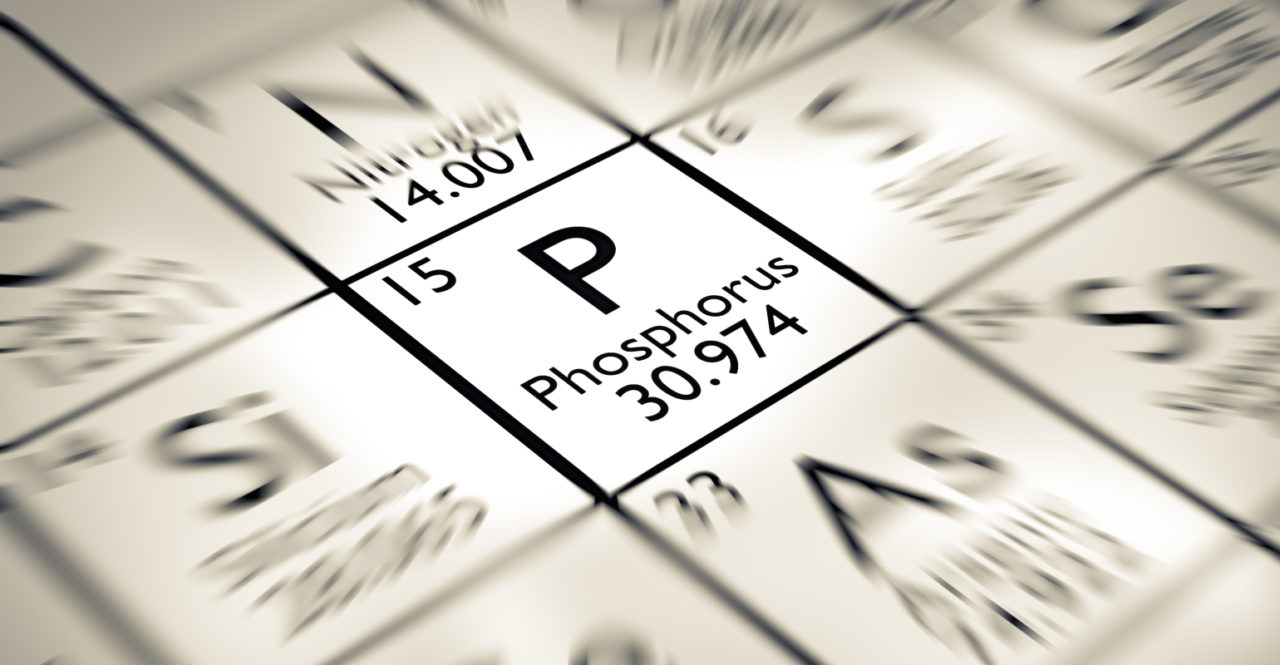Looking to the Future of This Brave New Ag World
As the agricultural industry gears up for the upcoming growing season, it’s interesting to see (and speculate a little on) a few new developments that could have major impacts on the marketplace beyond 2019.
For example, a lot of the information in spring focuses on the outlook for fertilizer. In most cases, market insiders expect this year to be a positive one for the category because of an increase in the amount of corn acres being planted. This is projected to grow between 1 million and 5 million acres, depending upon how all the market variables play out. And as everyone knows, corn is a much more crop nutrient-dependent crop than other row varieties, such as soybeans or wheat.
But this might not be the case for much longer. For several decades now, researchers have been trying, without much success, to perfect a corn variety that will create its own fertilizer. However, a team of scientists has discovered a corn variety in the southern Mexican state of Oaxaca that harvests its own fertilizer. This variety develops fingerlike aerial roots that secrete a carbohydrate-rich compound. This compound can then support colonies of bacteria that are capable of converting atmospheric nitrogen into a form that the growing corn plant can utilize.
If this trait can be introduced into other corn varieties, it could mean less nitrogen fertilizer will need to be used for grower-customers looking to plant corn on their farms in the future.
Besides this effort to improve the fertilizer utilization ability for certain row crops, researchers are also hard at work trying to address another environmental concern — a lack of water. According to the World Water Council, more than 1 billion people globally don’t have easy access to clean water. But scientists are working on various technological solutions.
In many of these cases the proposed solution involves using materials to harvest water from the atmosphere. Now, researchers at the Massachusetts Institute of Technology, University of California, Berkeley, and in Canada are experimenting with meshes that use electric fields, highly porous metallic powder, and carbon nanotubes, respectively, to harvest water vapor in the air into actual water.
At the moment, most of these methods are only producing short quantities of water. For instance, the metallic powder collector currently only produces half a cup of water every 24 hours.
However, the researchers are working on perfecting and scaling up production for all three of these projects. And if all goes according to plans, all three options for capturing water from the air should be hitting the marketplace during 2019.
For agriculture, these developments in water capture could have a profound impact on future farming. Imagine where grower-customers could conceivably plant their crops if irrigation, annual rainfall, or aquifer issues might not enter the picture?






